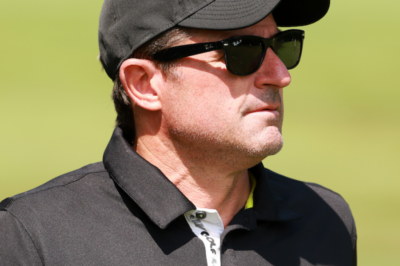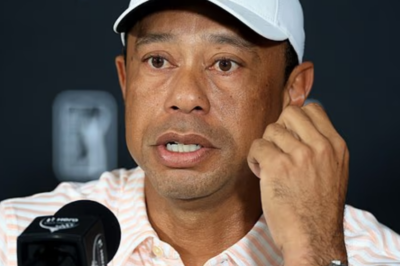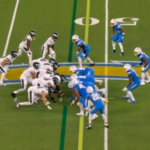Elon Musk’s Starlink satellites are falling out of orbit, raining down toxic metals and threatening the ozone layer, raising fears of a space disaster.
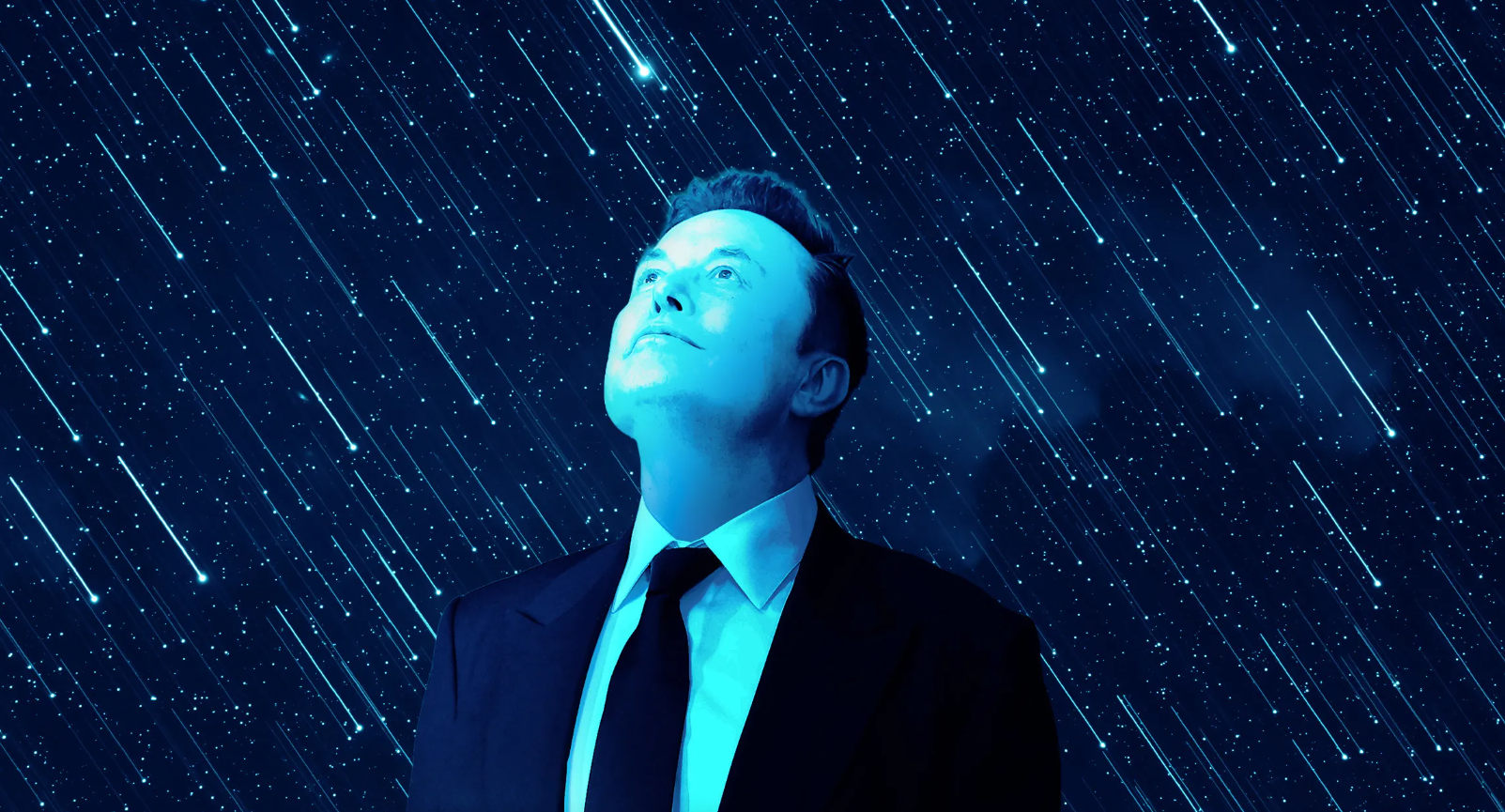 Billionaire Elon Musk’s SpaceX launches a large number of Starlink satellites into Earth orbit, and many of them fall down without burning up in the air. Photo: Getty.
Billionaire Elon Musk’s SpaceX launches a large number of Starlink satellites into Earth orbit, and many of them fall down without burning up in the air. Photo: Getty.
SpaceX’s Starlink low-orbit internet satellites are falling out of orbit at an increasingly alarming rate: currently, one to two satellites are re-entering Earth’s atmosphere every day. That number will continue to rise as more satellites reach the end of their lives and the number of low-Earth orbit (LEO) satellite constellations continues to explode, according to astrophysicist Jonathan McDowell of the Harvard-Smithsonian Center for Space and Space. Design is one of the reasons.
There are currently about 10,200 satellites operating in low Earth orbit, of which about 8,475 are Starlink satellites. In other words, nearly 80% of all satellites orbiting Earth belong to billionaire Elon Musk’s company.
The European Space Agency (ESA) predicts that the number of LEO satellites could increase to 100,000 by 2030, mainly thanks to SpaceX, which is seeking permission to expand its network to 42,000 satellites. In addition, competitors such as billionaire Jeff Bezos’ Kuiper (3,200 satellites) or the two Chinese networks GuoWang and Qianfan (18,000 satellites in total) will also contribute to this satellite storm.
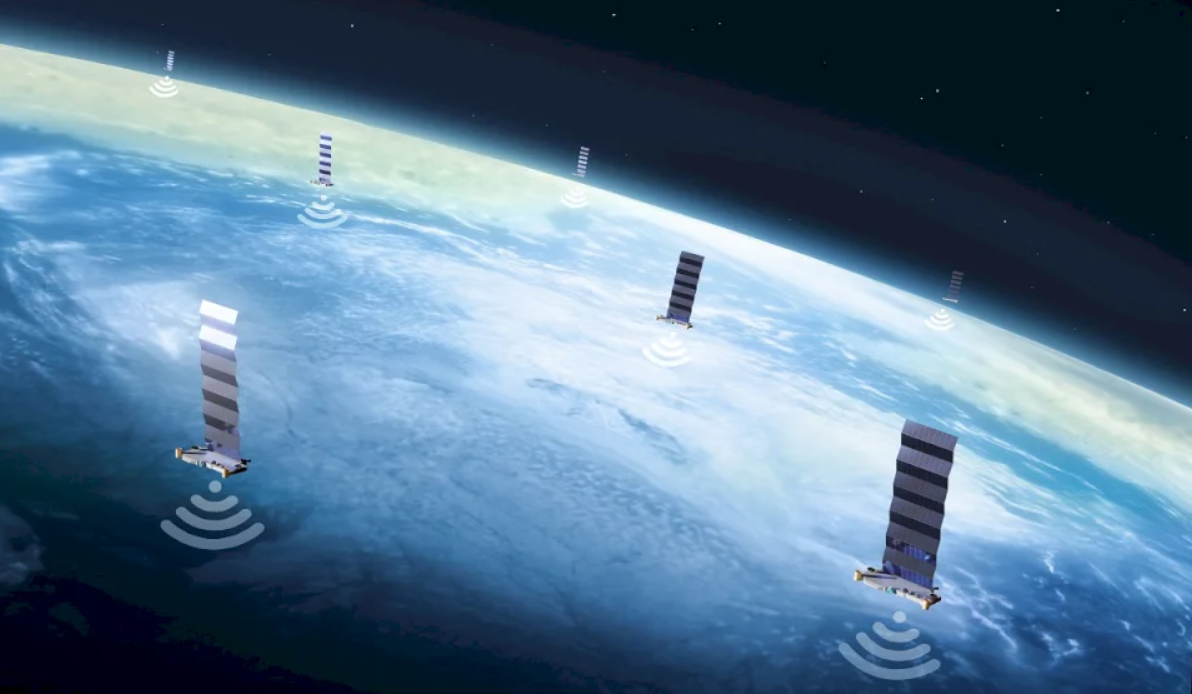 Simulation of the Starlink satellite network in Earth orbit. Photo: Getty.
Simulation of the Starlink satellite network in Earth orbit. Photo: Getty.
Designed to “fall”
Each Starlink satellite has a lifespan of about five years. They orbit Earth at speeds of more than 27,000 km/h. At this altitude, the satellites are still affected by about 95% of Earth’s gravity, but drag from the thin atmosphere gradually slows them down.
To maintain orbit, Starlink uses krypton or argon engines to propel itself upward. When the fuel runs out, the satellite loses its ability to self-right and gradually falls back to Earth.
Before that happens, SpaceX often actively steers satellites into a controlled fall, aiming for open ocean instead of random re-entry.
Worrying problem
Physicist McDowell said — and SpaceX acknowledged — some satellites will not burn up completely upon re-entry, despite being designed to do so.
“They [SpaceX] say the satellites are designed to burn up completely. But in reality, it may not be that way – most of it will melt, but there will still be some left,” he said.
In the past, Earth has witnessed many pieces of space debris falling to Earth – from the US Skylab space station, the Soviet Salyut 7, the Russian Kosmos 2251 satellite or parts of the European Ariane 5 rocket. Even SpaceX’s Crew-9 Dragon spacecraft has left “space junk” falling to Earth.
But the sheer scale of Starlink makes this threat different. If one Starlink satellite collides with another, it could trigger a “Kessler effect” – a chain reaction of debris crashing into each other, destroying the entire satellite system in operation. This is the scenario that the movie “Gravity” simulated.
A single impact could cripple global GPS, telecommunications, financial, and weather forecasting systems. In the worst-case scenario, modern civilization could fall into chaos.
McDowell warned that the rate at which Starlink satellites are falling to Earth is just the beginning. When the first generation expires, SpaceX will send 4–5 satellites down in controlled crashes every day. That number will continue to increase as tens of thousands of new satellites reach retirement age. The result could be a constant “toxic metal fireworks display” in the atmosphere, sometimes even falling to the ground.
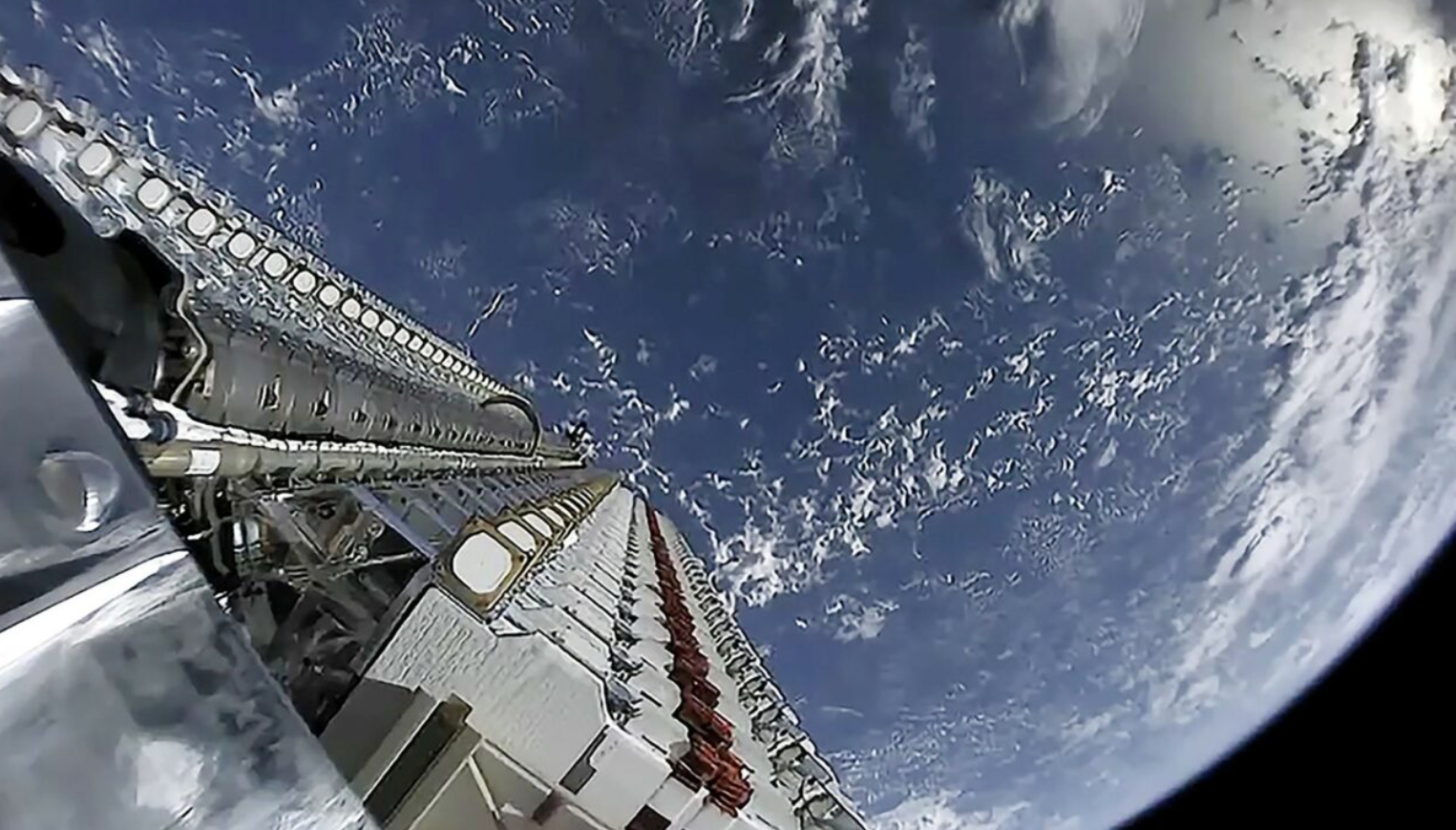 A view from the rocket shows a stack of Starlink satellites shortly before being deployed into orbit. Photo: SpaceX.
A view from the rocket shows a stack of Starlink satellites shortly before being deployed into orbit. Photo: SpaceX.
Commitment to “burn down completely” and the reality is far different
In July 2024, SpaceX told regulators that Starlink satellites were designed to “burn up completely” when they fell. But just eight months later, New Scientist magazine reported that a 2.5 kg piece of aluminum from a Starlink satellite had fallen onto a farm in Saskatchewan, Canada. SpaceX was forced to admit that it was a piece of the module’s lid, which was supposed to burn up in the atmosphere.
In January 2025, a “fireball” streaked across the Chicago sky, identified by McDowell as Starlink-5693 – a satellite that crashed uncontrollably due to a technical error. Starlink’s vice president of engineering, Michael Nicolls, confirmed that it was a “loss of direction” incident, but assured that most of the satellites burned up upon re-entry.
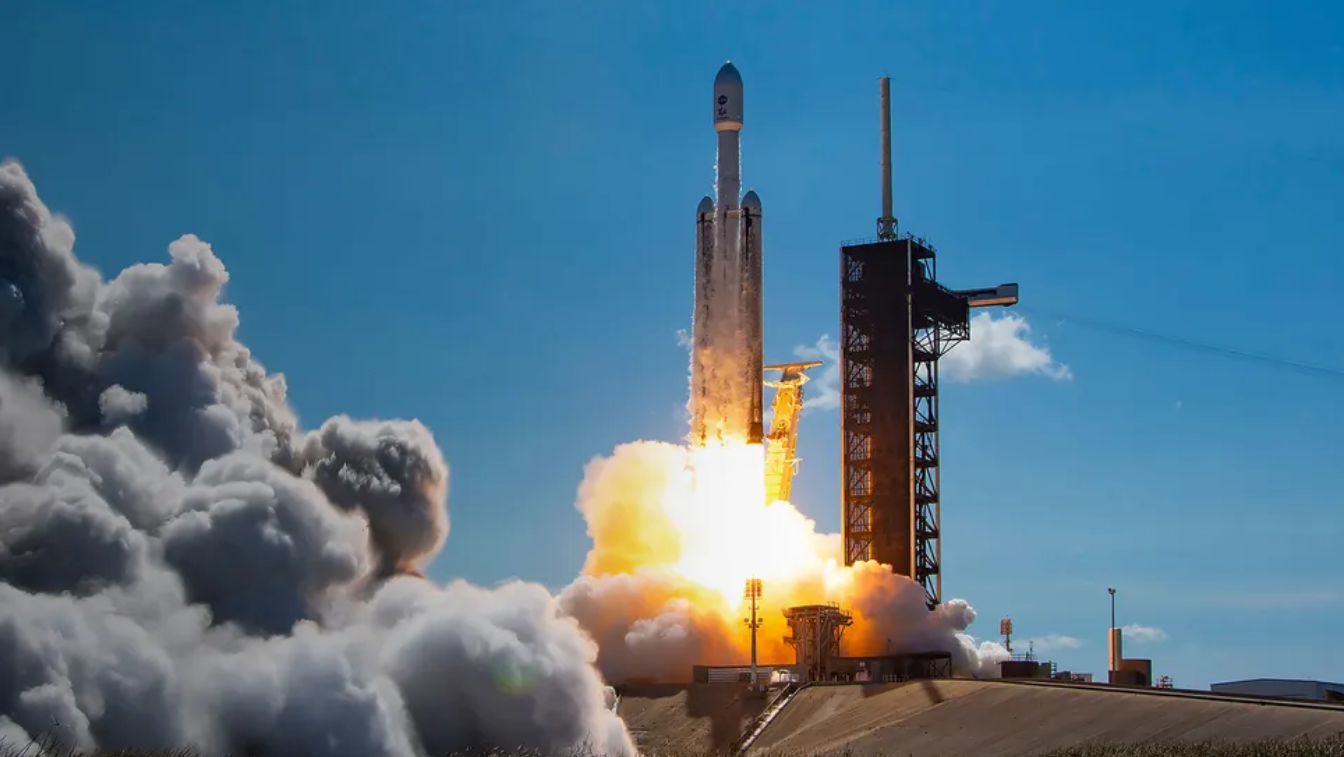 Currently, there are about 10,200 satellites operating in low orbit, of which about 8,475 are Starlink satellites. Photo: SpaceX.
Currently, there are about 10,200 satellites operating in low orbit, of which about 8,475 are Starlink satellites. Photo: SpaceX.
“Space junk” and the threat to the ozone layer
SpaceX says it uses “belt-and-suspenders” – multiple layers of redundancy – and the chance of harming humans is “less than 1 in 100 million”. However, SpaceX itself admits that about 5% of each satellite’s mass may “survive” the fall, including small pieces of silicon.
But the bigger danger is stratospheric pollution. When satellites burn up, they release man-made metal particles – especially aluminum – that can linger for years and destroy the ozone layer.
“Hardly anyone thinks about the impact of thousands of these satellites on the stratosphere,” atmospheric chemist Daniel Murphy warned in Science magazine (November 2024).
Laser spectroscopy studies found unusually high levels of aluminum, lithium, copper and lead in the atmosphere, nearly double natural amounts.
Currently, about 2,000 falling satellites each year are releasing 17 tons of aluminum oxide particles into the atmosphere – and the number is rising rapidly.
“We cannot continue to use the Earth and its atmosphere as a space junkyard,” says astronomer Samantha Lawler.
“One man owns half the world’s active satellites,” ESA director Josef Aschbacher warned in the Financial Times in 2021. “That’s extraordinary and dangerous. Elon Musk is basically setting the rules, and the rest of the world is too slow to react.”
Outer space – the common property of humanity – is being shaped by the unbridled ambition of one billionaire. While the Earth pays the price of the ozone layer, safety and order in orbit, Elon Musk continues to launch thousands of satellites, aiming at his own “planetary ambition”.
News
Did Taylor Swift Allegedly Give a Bride Big Bucks To Change Her Wedding Date? Venue Says No
By now, all of the civilized world knows that Taylor Swift and Travis Kelce are getting hitched. The pop princess and the…
Elon Musk continues to create controversy by revealing new information about his family life with his ‘girlfriend’, the senior operations director at Neuralink
Elon Musk confirms girlfriend Elon Musk continues to create controversy by revealing new information about his family life, showing how…
LIV Golf tycoon reveals sad news about merger: “I feel there will be a new world order”
LIV Golf CEO Shares Update About PGA Tour Merger No One Expected: ‘There’ll Be New World Order’ Scott O’Neil stepped…
Max Homa admits there was a time he genuinely couldn’t stand Justin Thomas.
Max Homa Comes Clean on Past Tensions With Justin Thomas: ‘Hated Each Other’ Over the years, we have witnessed Max Homa and Justin…
Tiger Woods shocks by hinting at career change in surprise TV appearance
Tiger Woods hints at shock career change with surprise TV appearance amid fears for his golf future Golf fans believe Tiger…
A judge has dismissed a ‘unique’ lawsuit by a woman who sued Billy Ray Cyrus on the grounds that she, not Tish Cyrus, is the real biological mother of Miley Cyrus.
Billy Ray Cyrus Succeeds in Dismissing One of Country Music’s Craziest Lawsuits of 2025 Earlier this year, a woman sued…
End of content
No more pages to load



